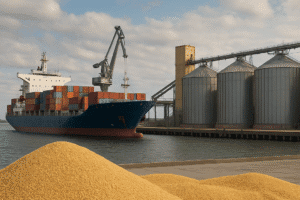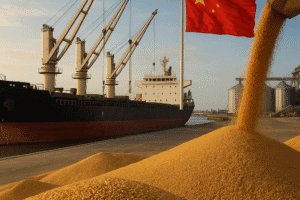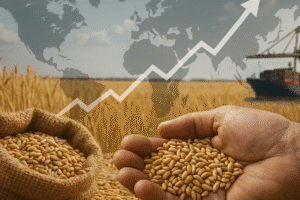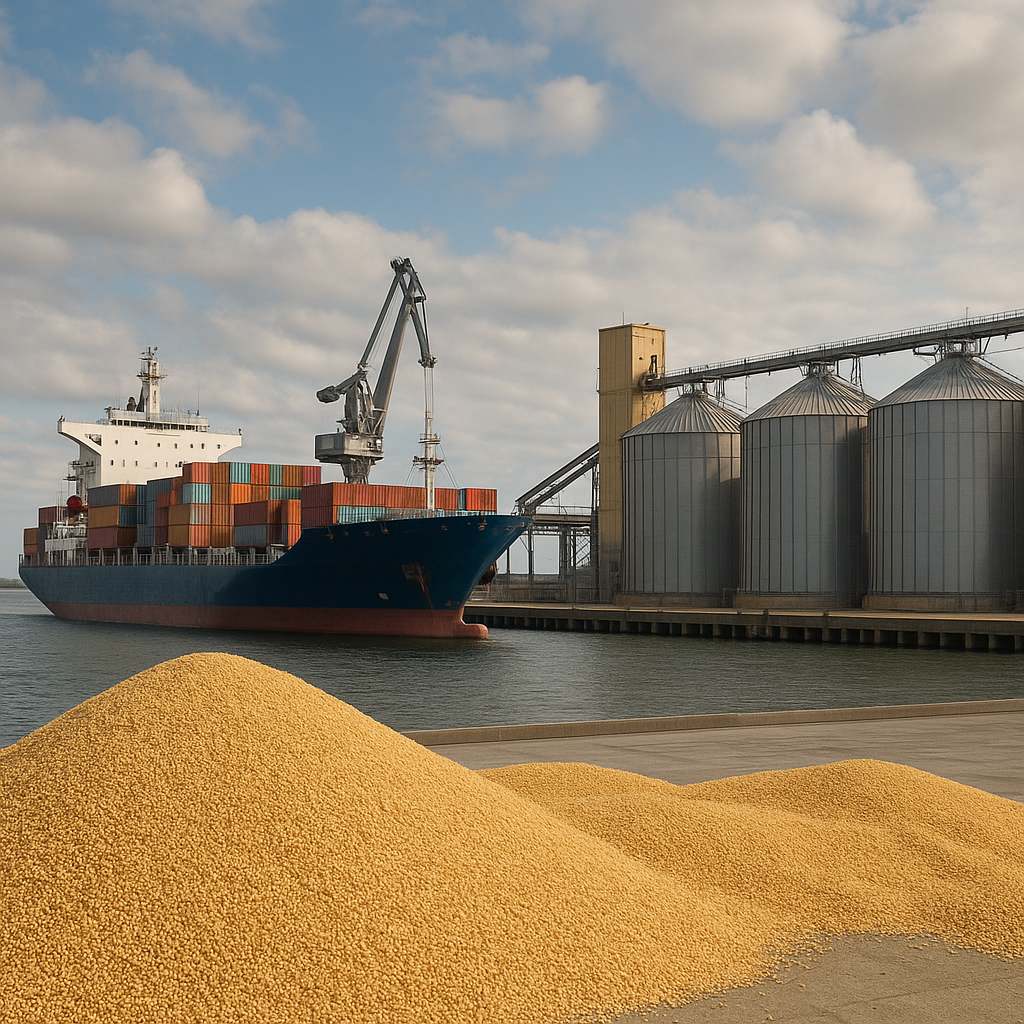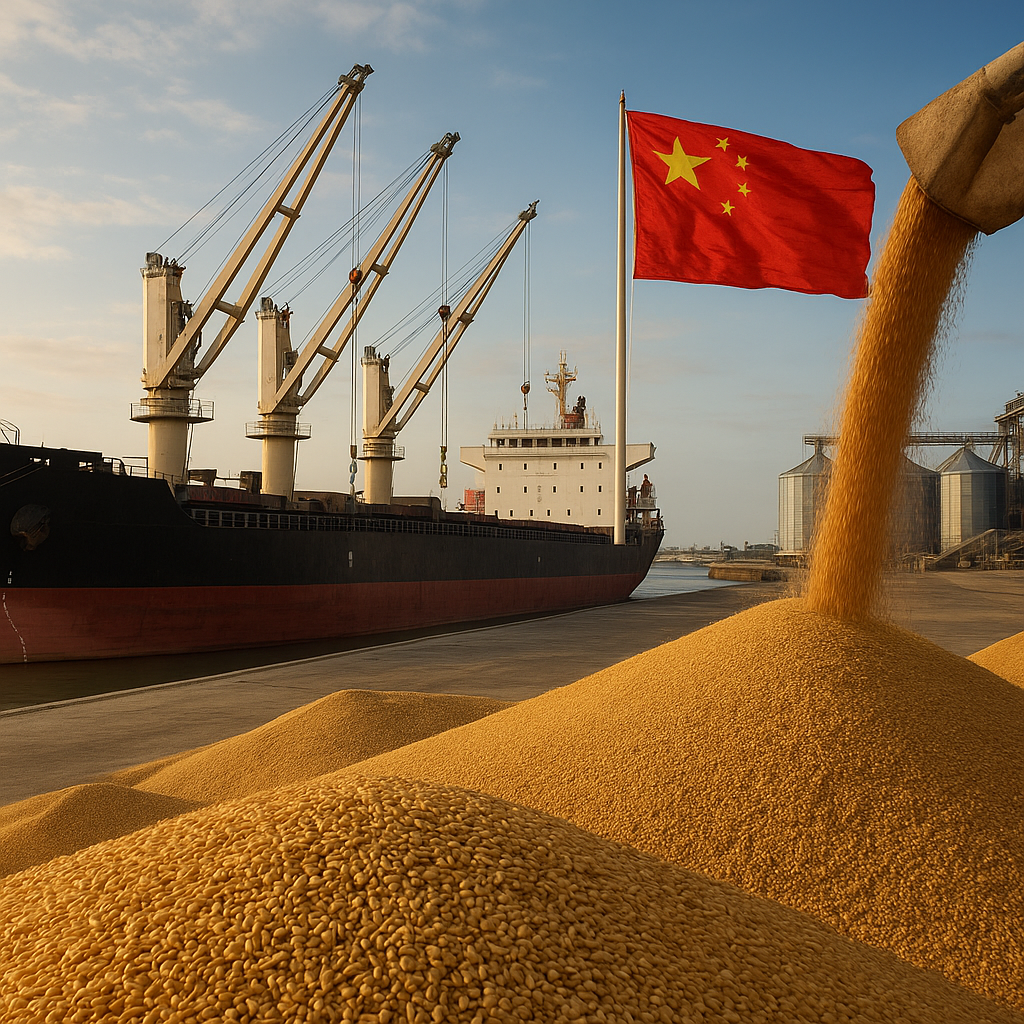Trade agreements play a crucial role in shaping global grain markets, influencing everything from pricing to supply chains. As countries negotiate terms that govern the exchange of agricultural products, the dynamics of grain trade are significantly affected. This article delves into the complexities of trade agreements and their impact on global grain markets, exploring the benefits and challenges they present to producers, consumers, and economies worldwide.
The Role of Trade Agreements in Grain Markets
Trade agreements are formal arrangements between two or more countries that outline the terms of trade for various goods and services. In the context of grain markets, these agreements can facilitate or hinder the flow of grains such as wheat, corn, rice, and barley across borders. The significance of these agreements cannot be overstated, as they often dictate tariffs, quotas, and other trade barriers that directly affect grain prices and availability.
One of the primary objectives of trade agreements is to reduce or eliminate tariffs, which are taxes imposed on imported goods. By lowering these costs, countries can encourage the importation of grains that may not be produced domestically in sufficient quantities. For instance, a country that lacks the climate or resources to grow certain grains may rely heavily on imports to meet its food security needs. Trade agreements can thus play a vital role in ensuring that these countries have access to the grains they require.
Moreover, trade agreements can enhance market access for exporters. By negotiating favorable terms, countries can open up new markets for their grain products, leading to increased sales and revenue. This is particularly important for countries that are major grain producers, as they seek to expand their reach and capitalize on global demand. For example, the United States, one of the largest grain exporters, has entered into various trade agreements to secure its position in international markets.
Types of Trade Agreements Affecting Grain Markets
There are several types of trade agreements that can influence global grain markets, each with its own implications for trade dynamics. Understanding these agreements is essential for grasping how they shape the grain trade landscape.
Bilateral Agreements
Bilateral trade agreements involve two countries negotiating terms of trade directly with one another. These agreements can be tailored to address specific needs and concerns of both parties, making them highly effective in promoting trade. For example, a bilateral agreement between a grain-exporting country and a grain-importing country can lead to reduced tariffs on specific grain products, fostering a mutually beneficial trade relationship.
Multilateral Agreements
Multilateral trade agreements involve three or more countries and are often negotiated under the auspices of international organizations such as the World Trade Organization (WTO). These agreements aim to create a more level playing field for all participating countries by establishing common rules and standards. The General Agreement on Tariffs and Trade (GATT) and the subsequent WTO agreements have had a significant impact on global grain markets by promoting free trade and reducing trade barriers.
Regional Trade Agreements
Regional trade agreements (RTAs) are agreements between countries within a specific geographic area. These agreements can facilitate trade among neighboring countries by reducing tariffs and streamlining customs procedures. The North American Free Trade Agreement (NAFTA), for example, has had a profound effect on grain trade between the United States, Canada, and Mexico, allowing for the free flow of agricultural products across borders.
Impact of Trade Agreements on Grain Prices
One of the most significant effects of trade agreements on global grain markets is their influence on grain prices. By altering the supply and demand dynamics, these agreements can lead to fluctuations in prices that affect both producers and consumers.
When trade agreements reduce tariffs on imported grains, it can lead to an influx of cheaper grain products into a country. This increased supply can drive down prices, benefiting consumers but potentially harming domestic producers who may struggle to compete with lower-priced imports. Conversely, if a trade agreement opens up new markets for exporters, it can lead to increased demand for their products, driving prices up and benefiting producers.
Challenges and Controversies Surrounding Trade Agreements
While trade agreements can offer numerous benefits, they are not without challenges and controversies. Critics often argue that these agreements can lead to negative consequences for certain sectors of the economy, particularly small-scale farmers and local producers.
One major concern is that trade agreements can exacerbate inequalities within the agricultural sector. Large agribusinesses may be better positioned to take advantage of the opportunities presented by trade agreements, while smaller farmers may struggle to compete. This can lead to a concentration of market power in the hands of a few large players, undermining the livelihoods of smaller producers.
Additionally, trade agreements can have environmental implications. Increased agricultural production to meet export demands can lead to overuse of land and resources, contributing to issues such as soil degradation and water scarcity. Furthermore, the transportation of grains across long distances can result in higher carbon emissions, raising concerns about the sustainability of global grain trade.
The Future of Trade Agreements and Global Grain Markets
As the global landscape continues to evolve, the future of trade agreements and their impact on grain markets remains uncertain. Factors such as climate change, geopolitical tensions, and shifts in consumer preferences are likely to influence the direction of trade negotiations and agreements.
In recent years, there has been a growing emphasis on sustainability and environmental considerations in trade agreements. Countries are increasingly recognizing the need to balance economic growth with environmental protection, leading to the incorporation of sustainability clauses in trade agreements. This shift could reshape the way grain markets operate, promoting practices that prioritize ecological health alongside economic interests.
Moreover, the rise of digital trade and e-commerce is changing the dynamics of global grain markets. As technology continues to advance, the way grains are traded and distributed is likely to evolve, presenting both opportunities and challenges for producers and consumers alike.
Conclusion
Trade agreements are a fundamental aspect of global grain markets, influencing everything from pricing to supply chains. While they offer opportunities for increased trade and market access, they also present challenges that must be addressed to ensure a fair and sustainable agricultural system. As the world continues to navigate the complexities of trade, the future of grain markets will depend on the ability of countries to strike a balance between economic interests and social and environmental responsibilities.

